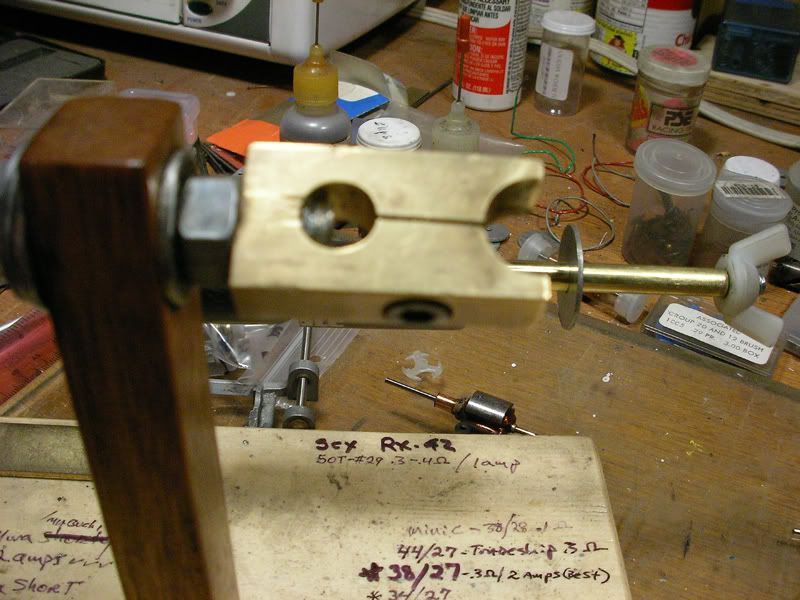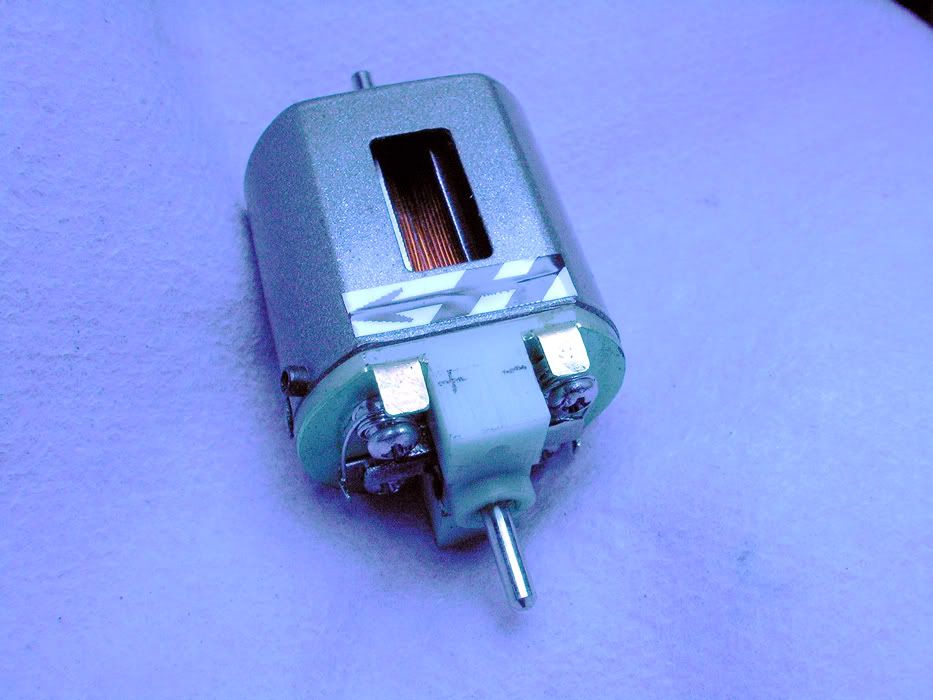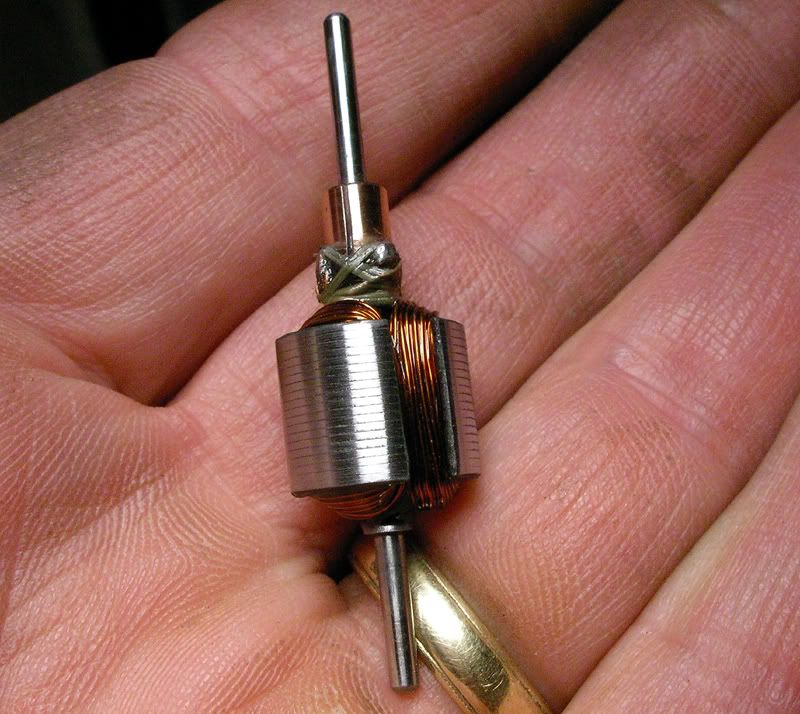For one, I'm doing mine out of hardened tool steel from a saw blade. After sanding off the lacquer and getting it down to a #320 grit finish, the steel blank I used came in at around .033" or so. The main pan had nice flex and weight once cut it seems (?) and it's really strong of course. There was no way I would attempt to heat and offset the drop arm, so I made it in two pieces (a man's gotta know his limitations!).
Also, once I brought a .jpg of Steve's drawing into my CAD program and traced it in 1:1 scale, I decided to scale it up slightly to a width of 3-1/8". My method for drawing the thing out on the steel is a little different from Steve's and as you can see from the picture, less accurate than his military spec precision.
I simply cut out the pieces from a sheet printed at 1:1, lay them on the steel and scribe them with a carbide point. Just as far as I got today took me over three hours, so I'm going to put this aside for a while before I get motivated enough to have at it again. My eventual plan is to put a vintage Mura can in this thing that I fixed up a little and mount it can drive (another non-accurate aspect... ahhh what the heck). Anyway, until I get the desire to go back at it again, I got this far:

Another thing I was considering and aren't sure about is instead of making the drop arm hinged, doing it as a "clicker" thing like the sliding weight I saw in a Rick Thigpen (I think?) build. In that way, it could slide a bit forward and backward and also move a tiny amount side to side as well (it fits pretty tight at least right now).
I know the drop arm should be hinged for historical accuracy... but this thing isn't going to be at all accurate anyway. I wonder if allowing that kind of movement on the drop arm might make for poor contact... or be some kind of advantage???























